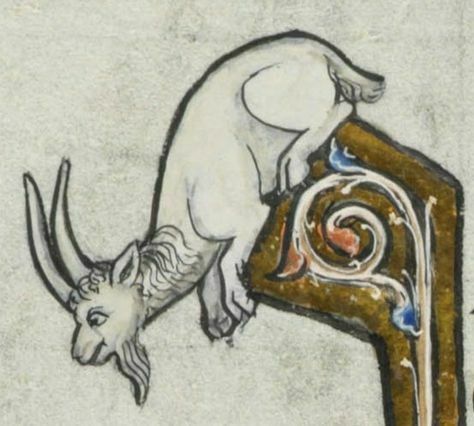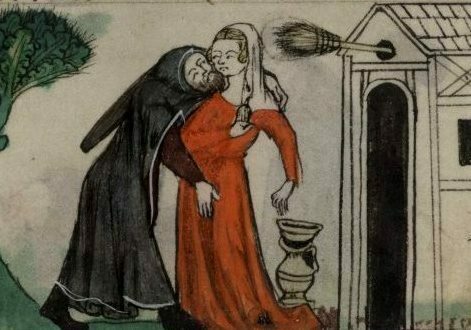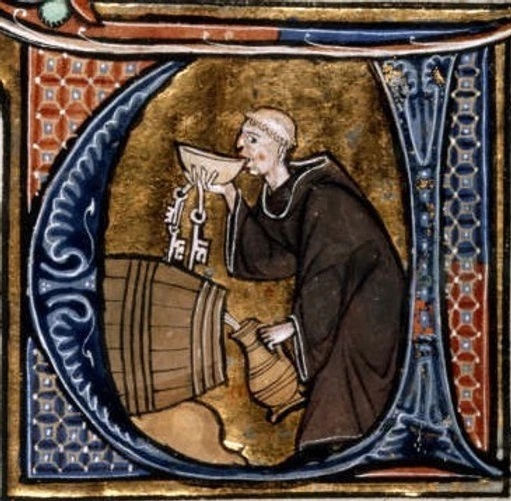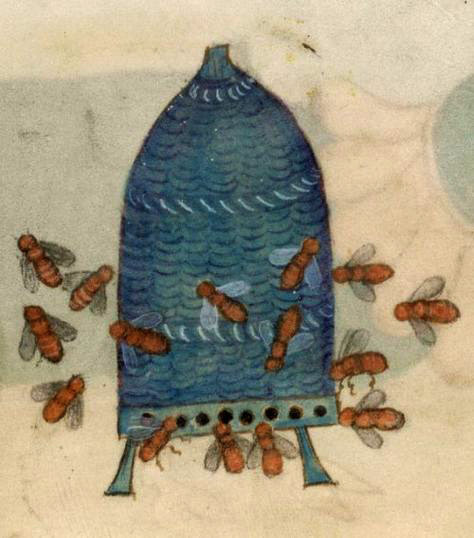#medieval
@Girl Of The Sea Beautiful #medieval books
https://twitter.com/theULSpecColl/status/1713952906024460660
Over the weekend, we were able to welcome delegates from the @medievalblood conference and share some manuscripts from the #CuriousCures project and our wider collection pic.twitter.com/g7eRi0rPLR
— Cambridge UL Special Collections (@theULSpecColl) October 16, 2023
weird medieval guys on X: "st jerome and the lion, italy, 15th century https://t.co/xCn0K9gRsL" / Xhttps://twitter.com/WeirdMedieval/status/1699154918718804057
Is that lion getting a manicure?
#medieval
orange wings, orange feet...

#orange #wings #feet #indexfinger #pointing #instructing #slicing #penis #medieval #illustration
Le Moyen Âge en meme, entre esthétique et stéréotypes : Esthétiser le Moyen Âge ou médiévaliser les memes ?
As a recent phenomenon of the popular web-culture, memes are massively spreading on social networks. These pastiches are images reproduced and distorted on a large scale. The study is based on an analysis of posts from ten historical memes Facebook groups and on an online survey distributed among these groups. Stereotypes related to Middle Ages, such as chivalry or crusades, do not represent the entire set of posts, depending on the group. In fact, western medieval aesthetics are largely reused to redesign news or meme-culture in the style of illuminations.
Medieval gaming piece with runic inscription found in Norway - Medievalists.net
When archaeologists from The Norwegian Institute for Cultural Heritage Research conducted a last-minute excavation in Trondheim last year due to a broken sewer pipe, a surprising find was made: a soapstone gaming piece bearing a runic inscription.
Much of the remains of medieval Trondheim, located in central Norway, have been excavated or otherwise removed many years ago, but there is still plenty left. Due to the broken sewer pipe, a four-metre-long strip of these historic layers had to be excavated – and it turned out to contain more than anticipated.
“Underneath what appeared to be a stretch of timbers from a street was a deep pit,” adds archaeologist Dag-Øyvind Engtrø Solem. The bottom of this pit, four metres below today’s surface, had a layer of birch bark that has been dated 1000-1150 AD. A sample from a layer of charcoal near the top of the pit has been dated to 1030-1180 AD. These date the pit to the end of the Viking Age or the early Medieval period in Norway.”
Amazing!
#medieval #archaeology
https://www.medievalists.net/2023/06/medieval-gaming-piece-with-runic-inscription-found-in-norway/
Entertainments from a Medieval Minstrel’s Repertoire Book | The Review of English Studies | Oxford Academic
National Library of Scotland, Advocates’ MS 19.3.1 (the Heege Manuscript) is a large, late-fifteenth-century English miscellany manuscript from the border of Derbyshire and Nottinghamshire. Its first booklet, which existed independently of the manuscript’s other eight booklets throughout much or all of its medieval life, contains three texts: the tail-rhyme burlesque romance The Hunting of the Hare, a mock sermon in prose, and the alliterative nonsense verse The Battle of Brackonwet. This essay proposes that Richard Heege, the booklet’s scribe, copied these texts from the repertoire of a local entertainer, be that a gifted amateur or, very plausibly, a travelling minstrel working a regular beat. In this light, the booklet’s comic, crude, and sometimes frivolous contents take on new significance in the history of English literature, as they provide close evidence for what made up the entertainments of English oral culture—or minstrelsy—at the end of the Middle Ages.
https://academic.oup.com/res/advance-article/doi/10.1093/res/hgad053/7187022















